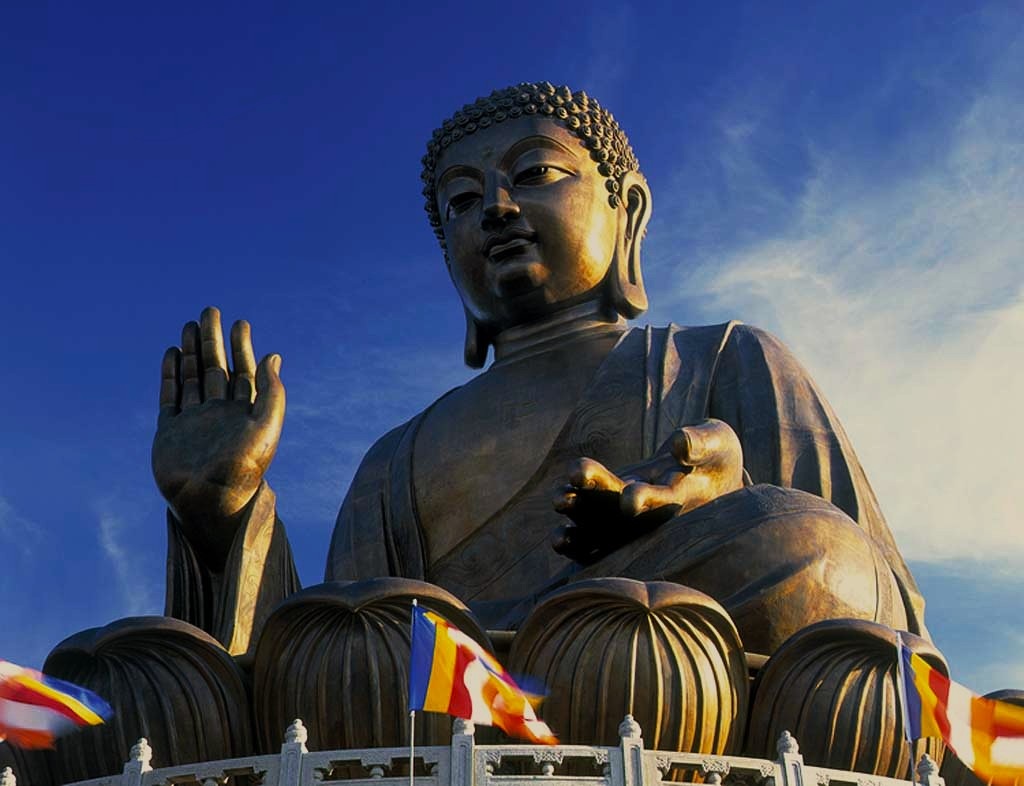
Buddhism began not with temples or gods, but with a single, profound question: Why do we suffer, and how can we end it? That question, posed by a prince over 2,500 years ago, would give rise to one of the world’s most transformative spiritual paths — Buddhism.
The Awakening of Siddhartha Gautama
The story begins in the 6th century BCE in present-day Nepal, where Siddhartha Gautama was born into a royal family. Sheltered from pain and hardship, his early life was filled with privilege. But everything changed when he ventured outside the palace walls and witnessed suffering for the first time — illness, old age, and death.
Deeply affected, Siddhartha left behind his wealth, power, and family in search of answers. After years of extreme self-discipline and meditation, he eventually sat beneath a Bodhi tree and vowed not to rise until he understood the truth. It was there that he attained enlightenment and became the Buddha — “the awakened one.”
The Core Teachings of Buddhism
Rather than founding a religion in the traditional sense, the Buddha laid out a philosophy and way of life. At its heart are The Four Noble Truths:
- Life involves suffering (dukkha).
- Suffering is caused by attachment and desire.
- Suffering can end.
- There is a path to end suffering — the Eightfold Path, which guides ethical behavior, mental discipline, and wisdom.
Buddhism emphasizes self-awareness, mindfulness, compassion, and the impermanence of all things. Its goal isn’t worship but liberation — freedom from the cycle of suffering.
From India to the World
After the Buddha’s passing, his teachings spread across Asia. Buddhist monks and scholars carried his message along trade routes and through royal patronage, most notably by Emperor Ashoka, who helped establish Buddhism across India and beyond.
Over time, Buddhism evolved into three major traditions:
- Theravāda Buddhism (Sri Lanka, Thailand, Myanmar): Focused on preserving the earliest teachings and practices.
- Mahayāna Buddhism (China, Japan, Korea, Vietnam): Emphasizes compassion and the idea of becoming a bodhisattva — someone who seeks enlightenment for the benefit of all beings.
- Vajrayāna Buddhism (Tibet, Mongolia): A later development incorporating rituals, mantras, and esoteric practices.
Each form reflects the cultures it encountered, yet they all remain rooted in the Buddha’s original quest for inner freedom.
Buddhism Today: A Global Philosophy
In the modern world, Buddhism continues to thrive — not just as a religion, but as a practical path for personal growth and peace of mind. Practices like meditation and mindfulness have entered psychology, healthcare, and even corporate life.
What makes Buddhism timeless is its focus on direct experience. It doesn’t demand blind faith but invites personal exploration. Its teachings apply not only to monks in monasteries but to anyone seeking balance, insight, and compassion in daily life.
A Legacy of Stillness and Strength
Buddhism’s journey from the forests of India to every continent on Earth is a testament to the power of inner transformation. It began with one man sitting beneath a tree, facing his own mind. And from that stillness came a movement that continues to guide people toward clarity, wisdom, and peace.






